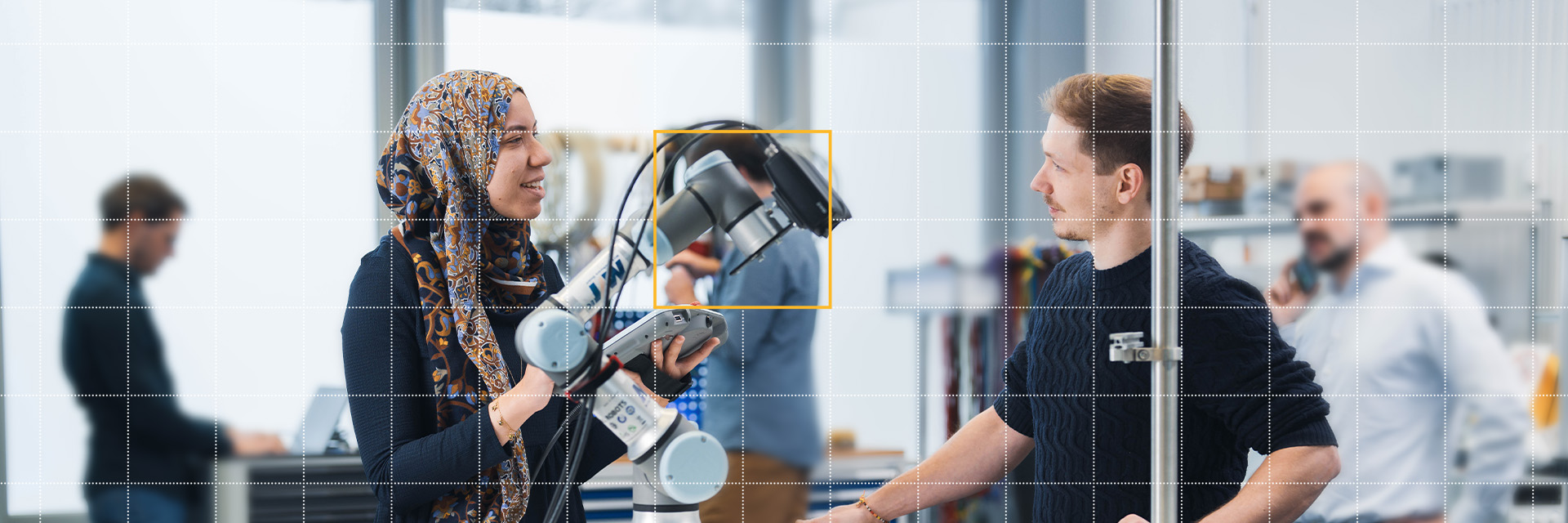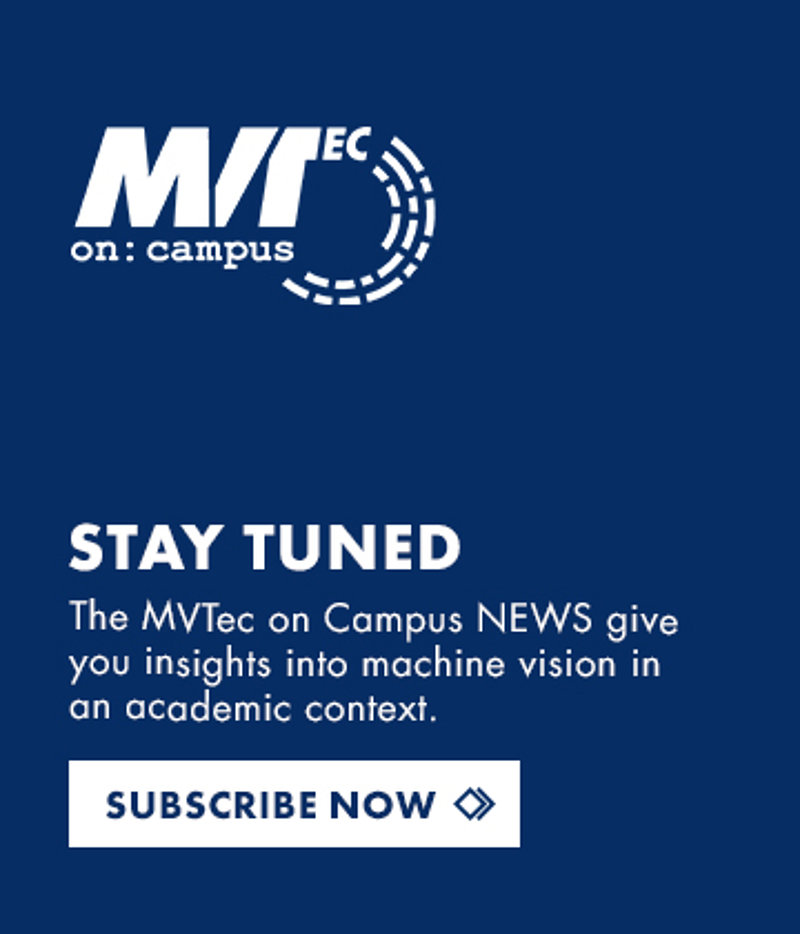
UPC ecoRacing – The award-winning Formula Student team
Education, Research & ScienceCAMPUS STORY
An award-winning student team of the Polytechnic University of Catalonia (UPC) designs, builds, and races autonomous electric vehicles. Numerous different fields, like industrial or aerospace engineering, design, or mathematics contribute to reach one goal: Facing real-world engineering projects and tackle them hands-on. Besides engineering skills, all students learn how to manage projects by supporting marketing, financial, or logistic departments.
As a sponsor, MVTec supports this project continuously since season 2021-2022.
We’ve interviewed Ángela, member of driverless department, who is responsible for the perception system to learn more about this gripping project.

Please tell us about your project. How did it come about?
The student project of UPC started in 2008. It needed some years of development and establishment of the technological, logistical, and ethical bases of the team. For the start, the team competed with the first hybrid car in the state. More success followed during the years. The last great technological leap has been the ecoRD, with the incorporation of the vehicle’s ability to be driven autonomously, without a pilot. For our innovative and eco-friendly designs, we have won various awards all around the world. For instance, during summer season 2021-2022 we have competed in driverless competitions such as Formula Student East, Formula Student Germany, and Formula Student Spain; obtaining a top 5 in this last competition.
What use case for machine vision software do you have within your project?
In the development of our autonomous single-seater, we’re using MVTec HALCON. We’re designing and manufacturing this single-seater every year to compete in Formula Student Competitions during the summers. With machine vision technology, the car recognizes its environment and can follow the tracks it has to follow.

Which tasks are being solved by MVTec HALCON?
We have performed image enhancement methods for our perception system using MVTec HALCON in order to enhance robustness under adversary meteorologic or lighting conditions. Furthermore, we utilized HALCON to perform some tests of object recognition to explore different solutions for pose estimation and track generation of our autonomous car.
Which advantages result from the participation in the MVTec on Campus program?
We have recognized many advantages that result from the partnership with MVTec. The main advantage that we would like to highlight is the free-of-charge access to this large variety of functionalities that come with HALCON. This allows the development of even more creative solutions, for instance with our perception system. Thus, there is still a lot to learn and to explore. For future studies, we’re focusing on more sophisticated shape-based 3D Matching technologies.
Thank you, Ángela, for the interview!
Would you also like to benefit from MVTec on Campus? Find out more about the areas of application of HALCON for teaching and research purposes.

